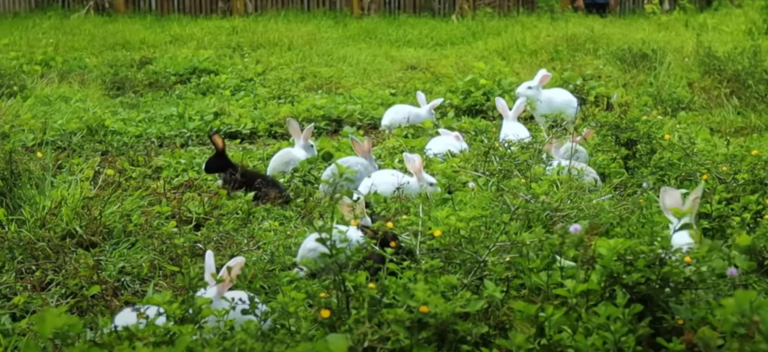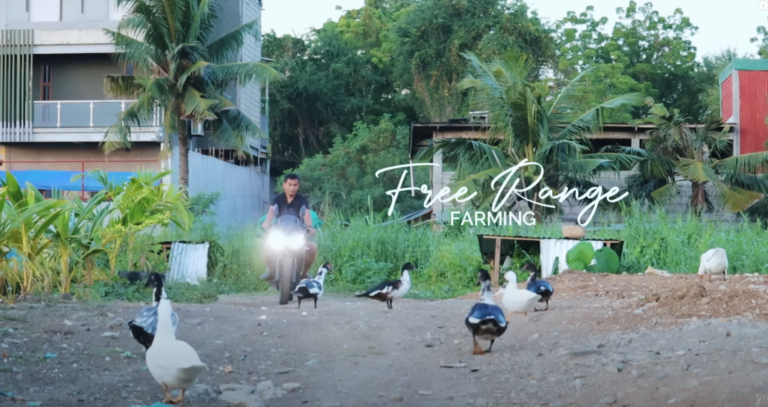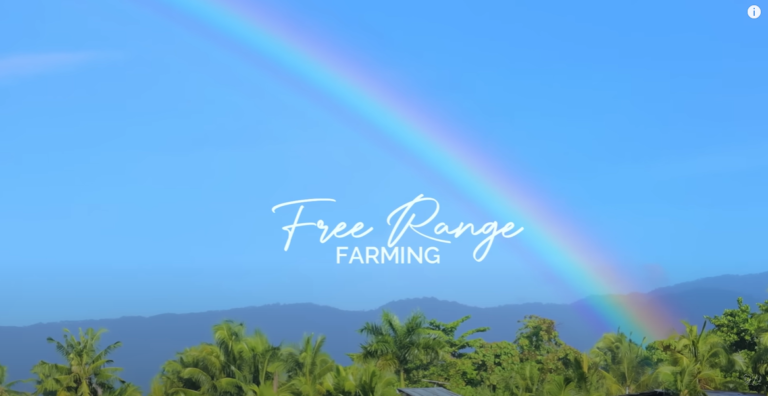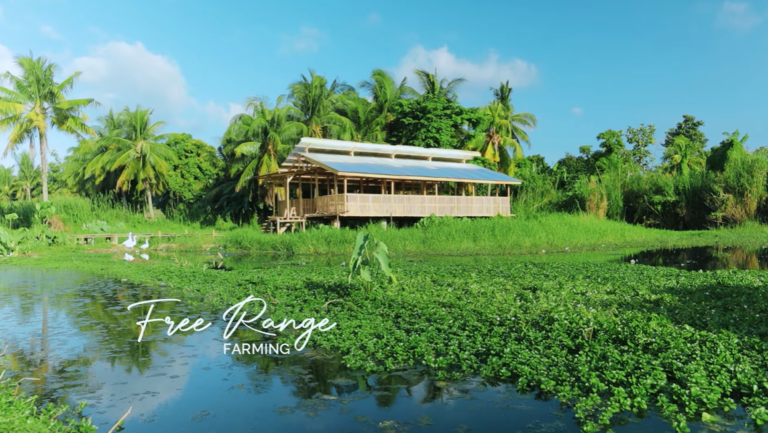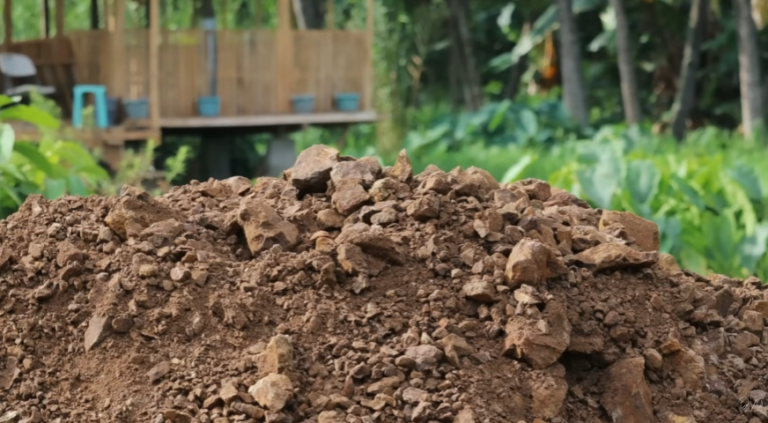Free-Range Farming with zero expenses | Learn How to Do It Right
Hello, wonderful folks! Dexter here, bringing you another exciting episode on Dexter’s World channel. Today, we have a splendid day, and I am thrilled to welcome you all back. Before we dive into our main topic, I want to share a thought with you: “Never always trust your instinct when making major life decisions.” Instead, take time for introspection, and seek guidance from the almighty. Relying solely on our instincts can be biased and may not always lead us down the right path. Trust in God and find balance in your decisions.
Today, I am excited to teach you how to create a low-cost food mixture for your animals. Farming doesn’t have to be expensive; it’s about being resourceful and utilizing what’s readily available around us.
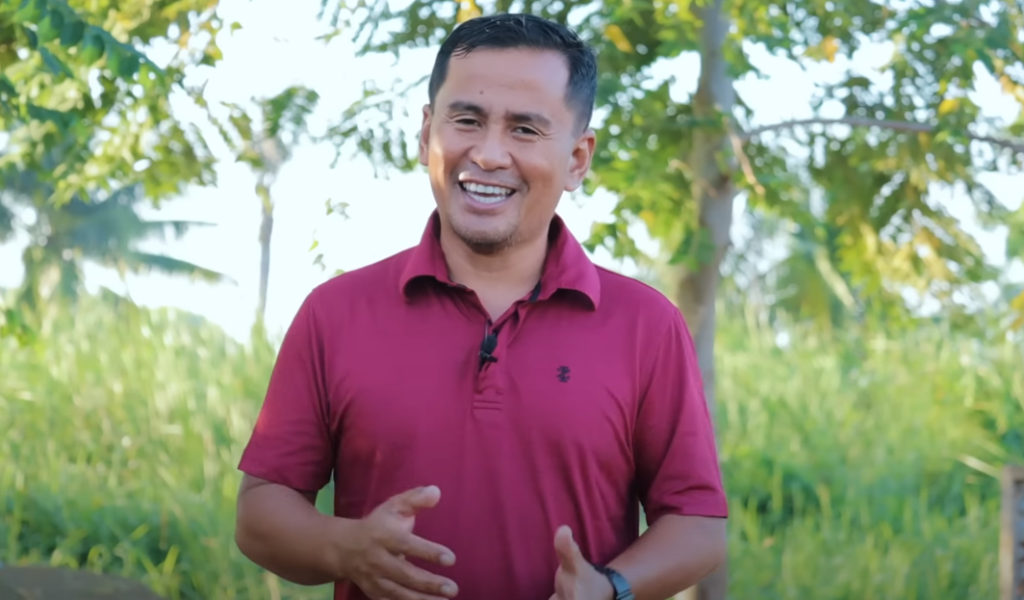
Section 1: The Basis of Commercial Pellet Making Many of us are curious about the components of commercial pellets. After extensive research, I found out that they are primarily plant-based and seed-based. Since we have a plant-based option, why not make use of the edible plants available in our surroundings? Today, we’ll be focusing on azola, water spinach, and cabbage to prepare a nutritious feed for our ducks, chickens, and even rabbits.

Section 2: Gathering Ingredients and Preparation I found some fresh water spinach just around the corner, and it’s a fantastic source of protein and vitamins for our poultry. This isn’t my first rodeo; we’ve been at this for four years, continuously discovering new food sources for our farm animals.
To prepare the feed, we’ll need to chop the water spinach into smaller pieces. Join me as I demonstrate how to mix it with other ingredients like cabbage, azola, and leftover rice (Baja) from local restaurants. It’s amazing how you can turn these readily available resources into a nutritious meal for your animals.
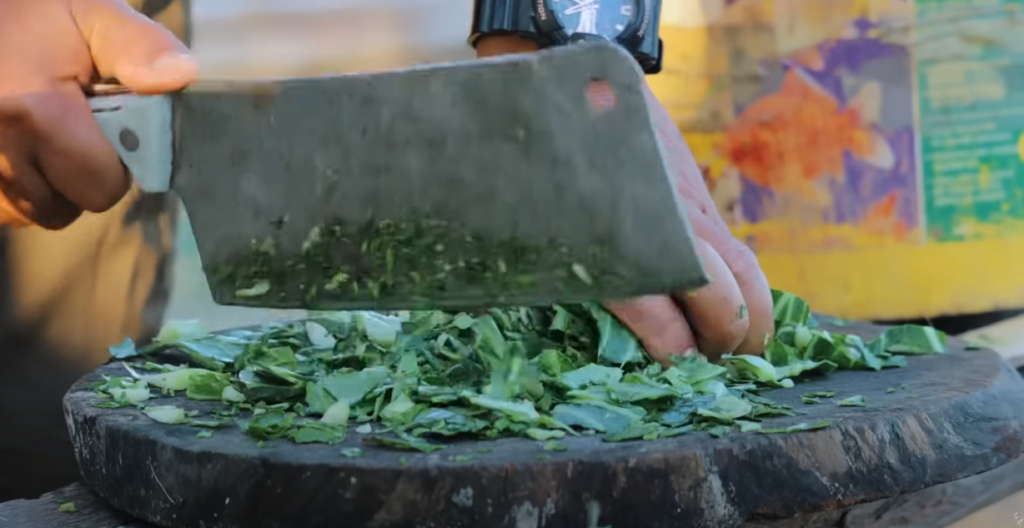
Section 3: Making the Food With all ingredients gathered, it’s time to mix them together. We have our chopped water spinach, cabbage, azola, and Baja. Remember, it’s crucial to mix them thoroughly to ensure that your animals receive a balanced meal. Let’s dive into the preparation and see how our farm friends react to this homemade feast.
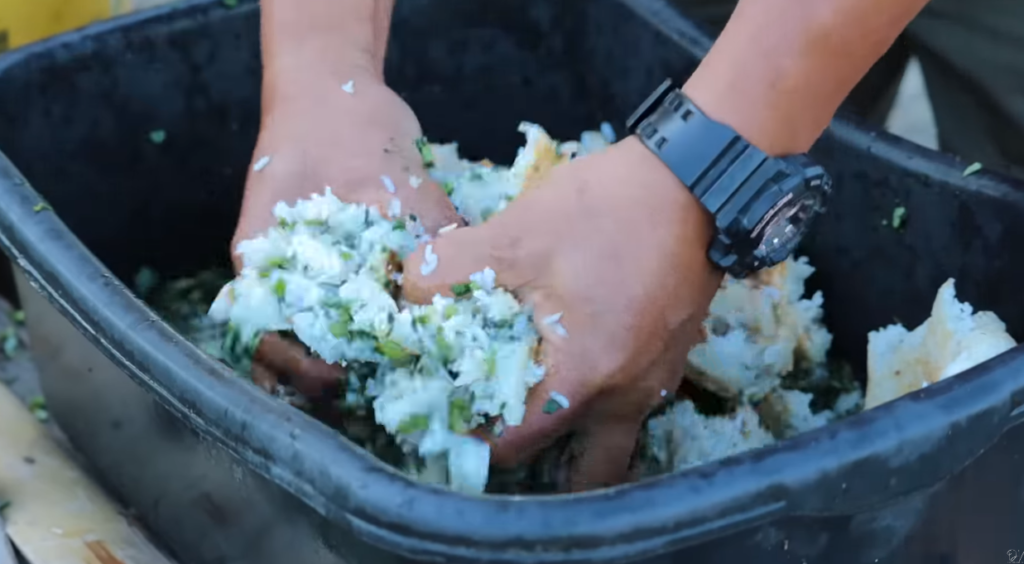
Section 4: Cost-Effective Farming This method of food preparation doesn’t cost a dime. By utilizing resources available to us and being a bit creative, we can significantly cut down on animal feed expenses. Commercial feeds can be pricey, and relying on them solely can diminish your farming profits.
Feeding times at the farm are early in the morning and late in the afternoon, and during the day, the animals can munch on alternative foods like insects. It’s all about creating a sustainable and cost-effective farming environment.
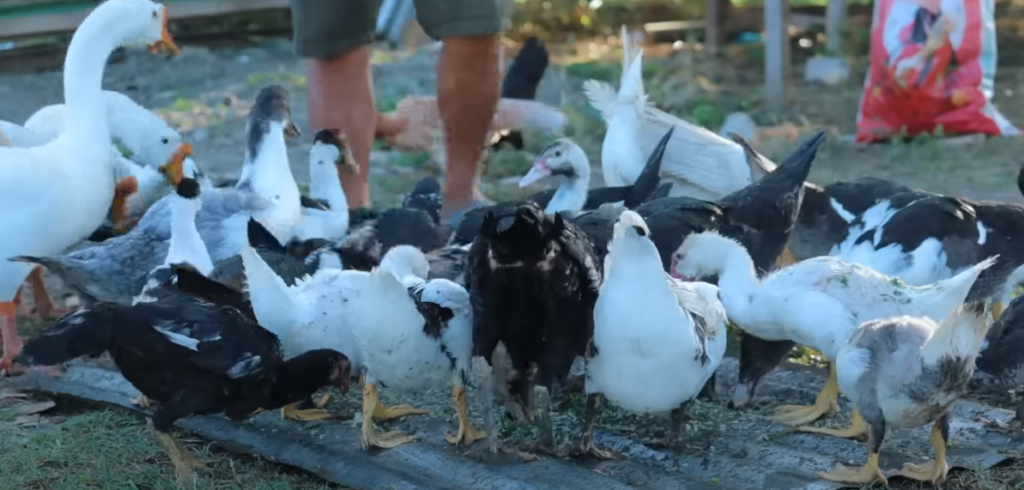
Conclusion: Bouncing Back and Looking Forward In the past few months, our farm has faced challenges, but we are bouncing back stronger than ever. Starting from scratch was tough, but look at us now, thriving and continuing to innovate in our farming practices.
We’ve seen success with our azola plantation and catfish breeding, all thanks to our commitment to sustainable farming and our smart planning. We’ve also embarked on beautifying our farm with ornamental plants and coconut trees, and we’re excited to see them grow in the coming months.
I hope this episode has inspired you to embark on your farming journey, exploring practical and cost-effective methods. Remember, I am always here to share information and help you master the basics of farming. If you haven’t already, please subscribe to Dexter’s World channel, hit the notification bell to stay updated, and feel free to drop your thoughts and comments below. Until next time, happy farming, and see you in my next video!
Watch my full video here: Free-Range Farming with zero expenses | Learn How to Do It Right – YouTube


